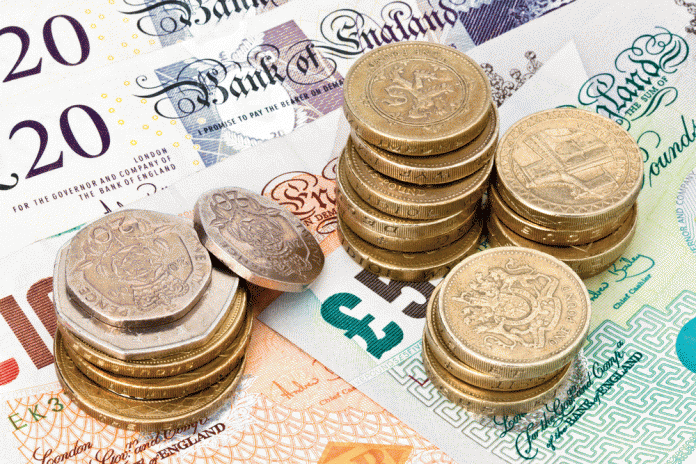The pound fell to its lowest level in 31 years in early trade on the Asian markets, after a “flash crash” pushed the currency towards its worst week since 2009.
Automated sell-offs were said to be behind the sudden drop, with sterling diving around 10 percent from levels around $1.2600 to $1.1378. It has since recovered ground, but is trading down against all currencies.
Fears of a ‘hard Brexit’ triggered the sell-off in Asia, which came after French President Francois Hollande vocalised the need to remain firm with Britain in the face of Theresa May’s hardline stance against the EU.
“Of course, some in the market may see sterling’s overnight volatility to be the result of French President Hollande demanding tough Brexit negotiations,” Hans Redeker, head of currency strategy at Morgan Stanley, told Reuters.
“The new British government under May appears to have chosen an economic course which could bear substantial risks.”
The pound has been consistently weak since the UK voted to Leave the European Union, trading at its lowest level since 1985 earlier in the week after Theresa May pledged to prioritise immigration over the single market as Brexit negotiations begin.
Former US Federal Reserve board member Kenneth Rogoff told the BBC that a fall in sterling is “more like a country crisis as opposed to a currency crisis”.
On the subject of EU anxiety, he added: “Everyday moves are pretty hard to explain but I think people are concerned about their assets in the UK, maybe they’re wrong. But it [withdrawing from EU] has never been done before and people are nervous.”
On Friday, HSBC forecast the pound to drop to $1.10 and hit parity against the euro by the end of 2017.
The pound is currently trading at $1.23 to the dollar, down 0.21 percent. It is down 0.28 percent against the Euro and 0.36 percent against the Japanese Yen.

